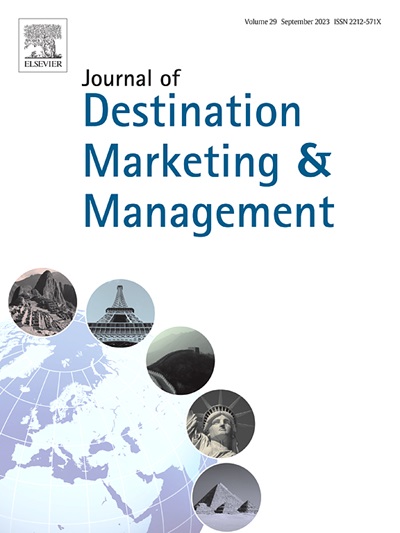Capturing causal configurations of tourism destination competitiveness conditions for tourism performance: Asymmetric and symmetric application
IF 7.4
2区 管理学
Q1 HOSPITALITY, LEISURE, SPORT & TOURISM
引用次数: 0
Abstract
The purpose of this study was to unravel the intertwined causal configuration of destination competitiveness conditions underlying inbound tourist arrivals and expenditures. This study employed a two necessary condition analysis (NCA) and fuzzy-set qualitative comparative analysis (fsQCA) methods to explore the necessary and sufficient configurations of destination competitiveness conditions across 133 country cases. Specifically, the country-specific destination competitiveness antecedents were taken from the World Economic Forum's ‘Travel & Tourism Competitiveness Index’. In addition, this study conducted the multiple regression analysis to confirm the robustness of the results from the fsQCA by comparing symmetric and asymmetric models.
The findings from the fsQCA highlighted that countries have different causal configurations for boosting destination competitiveness. Thus, each country should consider its specificities when determining the optimal configurations of causal conditions to respond better to low or high levels of tourism outcomes. Notably, enabling capacity such as cultural and natural heritage is a critical for the destination competitiveness in both symmetric and asymmetric approaches. This is the first attempt to explore the complex causal configurations between tourism destination competitiveness conditions and inbound tourist arrivals and expenditures using symmetric and asymmetric approaches. The insights can guide country-level tourism marketing strategies to boost inbound tourist arrivals and tourism revenue.
获取旅游目的地竞争力条件对旅游绩效的因果配置:非对称与对称应用
摘要本研究的目的在于揭示旅游目的地竞争力条件与入境游客数量和消费之间相互交织的因果关系。本研究采用两种必要条件分析(NCA)和模糊集定性比较分析(fsQCA)方法对133个国家的目的地竞争力条件的必要和充分配置进行了探讨。具体而言,国别目的地竞争力先行项取自世界经济论坛的“旅游竞争力指数”。此外,本研究还通过对比对称模型和非对称模型,进行多元回归分析,验证了fsQCA结果的稳健性。fsQCA的研究结果强调,各国在提高目的地竞争力方面存在不同的因果关系。因此,在确定因果条件的最佳配置时,每个国家都应考虑其具体情况,以便更好地应对低水平或高水平的旅游结果。值得注意的是,在对称和非对称方法中,文化和自然遗产等赋能能力对于目的地的竞争力至关重要。本文首次采用对称和非对称方法探讨旅游目的地竞争力条件与入境游客人数和消费之间的复杂因果关系。这些见解可以指导国家层面的旅游营销策略,以提高入境游客人数和旅游收入。
本文章由计算机程序翻译,如有差异,请以英文原文为准。
求助全文
约1分钟内获得全文
求助全文
来源期刊
CiteScore
18.60
自引率
3.60%
发文量
46
审稿时长
43 days
期刊介绍:
The Journal of Destination Marketing & Management (JDMM) is an international journal that focuses on the study of tourist destinations, specifically their marketing and management. It aims to provide a critical understanding of all aspects of destination marketing and management, considering their unique contexts in terms of policy, planning, economics, geography, and history. The journal seeks to develop a strong theoretical foundation in this field by incorporating knowledge from various disciplinary approaches. Additionally, JDMM aims to promote critical thinking and innovation in destination marketing and management, expand the boundaries of knowledge, and serve as a platform for international idea exchange.

 求助内容:
求助内容: 应助结果提醒方式:
应助结果提醒方式:


